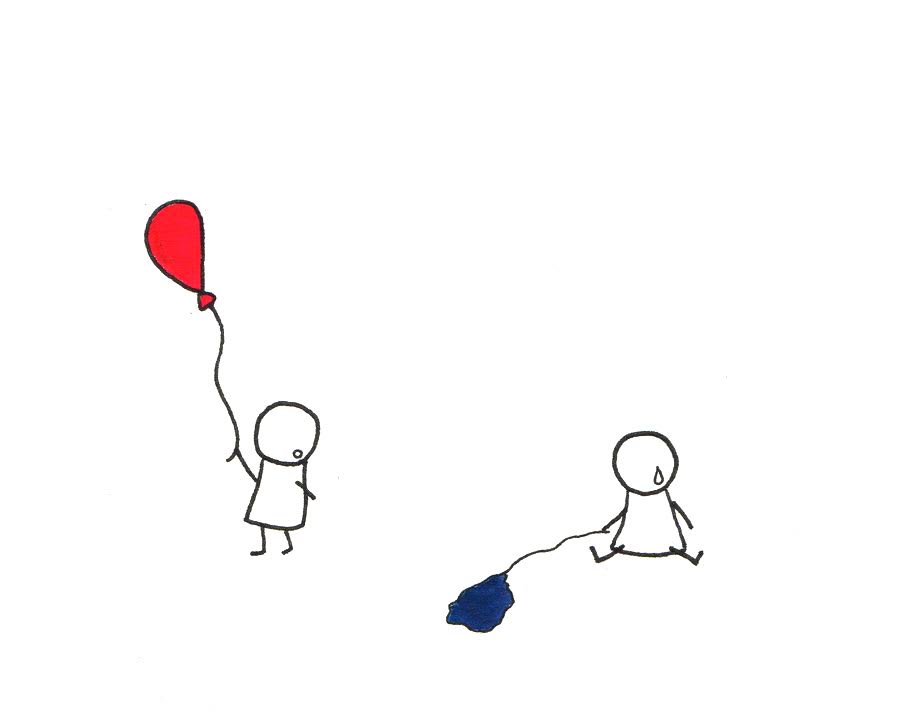New Zealand Geographic has been an icon of environmental journalism for more than 35 years.
New Zealand Geographic has been an icon of environmental journalism for more than 35 years.
New Zealand Geographic was started back in 1989 to offer Kiwis a profound new perspective of our environment and society. The cover of issue one featured a frowning albatross upon a nest made of poo. It included stories on glass-making and Kaimanawa horses—it was a magazine with a wide scope but a specific message: New Zealand is extraordinary, unique and fragile.
What set us apart then is what sets us apart now—insightful, longform journalism and compelling original photography. Rather than join the race to bring you each tidbit of news first, we deliver rich, considered stories, casting beyond the moment to analyse consequences for our society, democracy and environment. Stories like this open windows to new perspectives. At their best, they usher in new ways seeing the world, and behaving.

In 2019 we watched with dismay as scientific solutions to major environmental problems were overlooked because of bureaucratic inertia. Then those protests outside Parliament from members of the public with genuine concerns but bad information. We decided that in the case of the climate, Covid, biodiversity and the Treaty, we would no longer equivocate. We now take a more committed stance that goes beyond simply stating the facts. Sometimes, this includes formal submissions to government—a very unusual position for an independent media outlet to take. (We even partnered to take legal action against the Minister of Fisheries in the High Court, and won.)
Importantly, this doesn’t mean that we abandon objectivity. In fact, as we confront our most difficult decisions as a nation, NZGeo’s attention to evidence-based reporting has become more acute, and we have become more solutions-focused. We remain fiercely apolitical, but we can’t abandon the central idea that a functioning society and a strong economy both depend on a healthy environment.
In short, New Zealand Geographic’s role as a media outlet committed to fairness, intelligent environmental policy and cherishing the best of Aotearoa is more necessary than ever.
[chapter-break]
Here’s something that might surprise you. With 387,000 readers (audited readership, Nielsen 2024) New Zealand Geographic is the fourth-most-read magazine on the newsstand. Unlike other magazines that skew older, whiter and more urban, NZGeo aligns with national averages for ethnicity, location, gender and age—except we have more in the school-leaver age group of 15–17 years old, and more Māori and Pasifika read NZGeo than any other magazine, by miles.
We get about a million visits a year to our website, which makes it the biggest magazine site by a good margin, though it’s pretty modest traffic compared with medium-sized digital-only news outlets like the Spinoff or Newsroom.
We still get phone calls on a daily basis for National Geographic, but there is no formal connection. “Big Yellow” is owned by Disney. New Zealand Geographic is owned by a Kiwi family with two kids and a wandering golden retriever, trying to fix up an old house in Birkenhead.
There are have two and a half employees, including the publisher, working out of a shared office in Britomart, Auckland. A handful of contractors work tirelessly for us, and we rely on a galaxy of world-class writers, photographers and scientists who help us tell the story of New Zealand every day.




